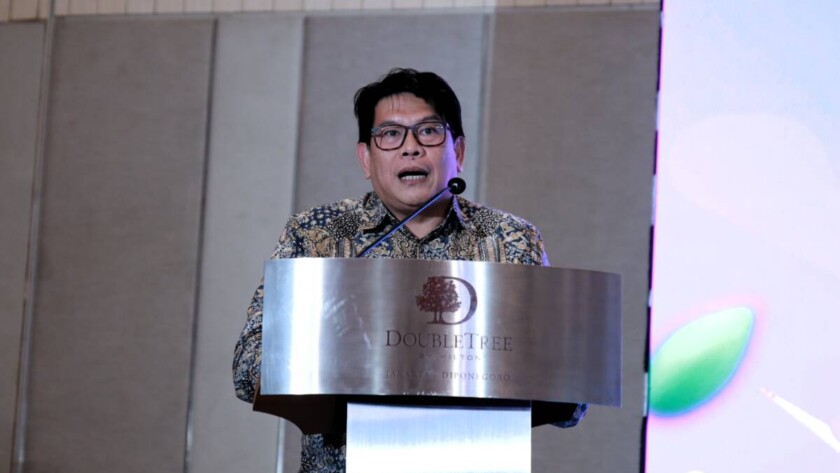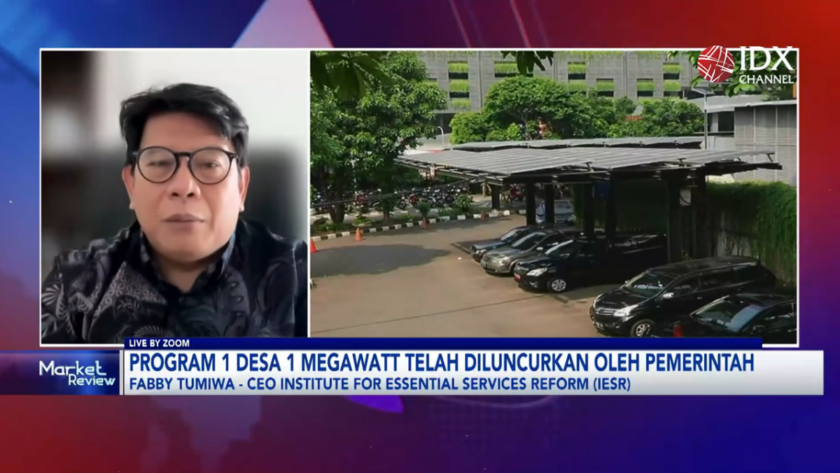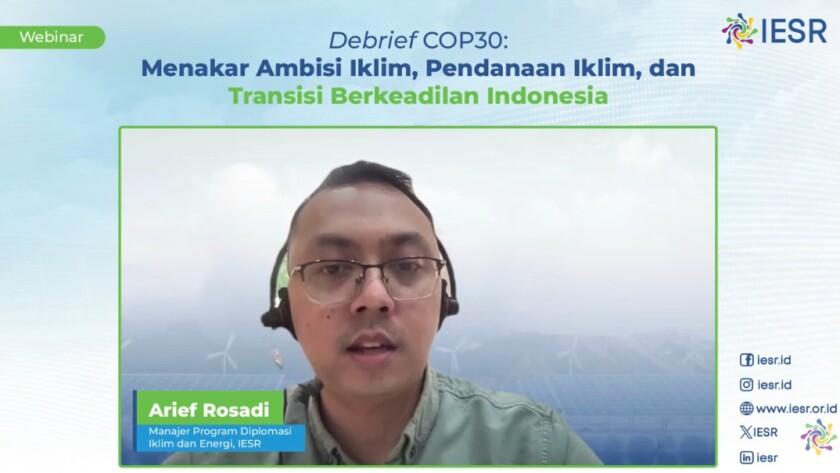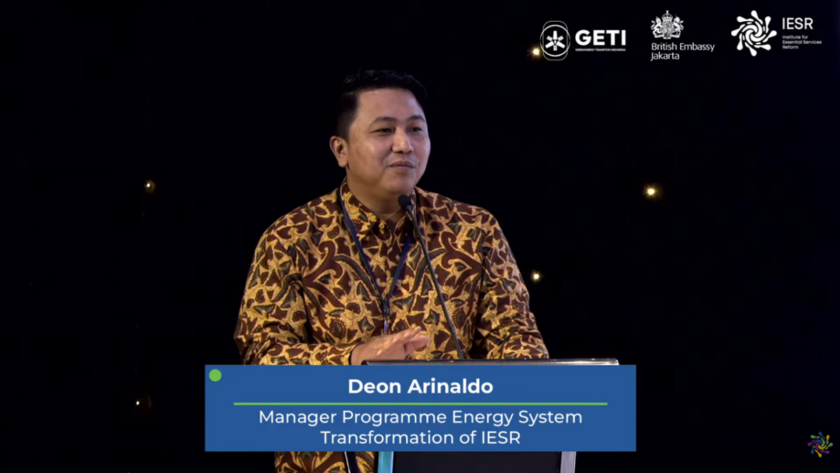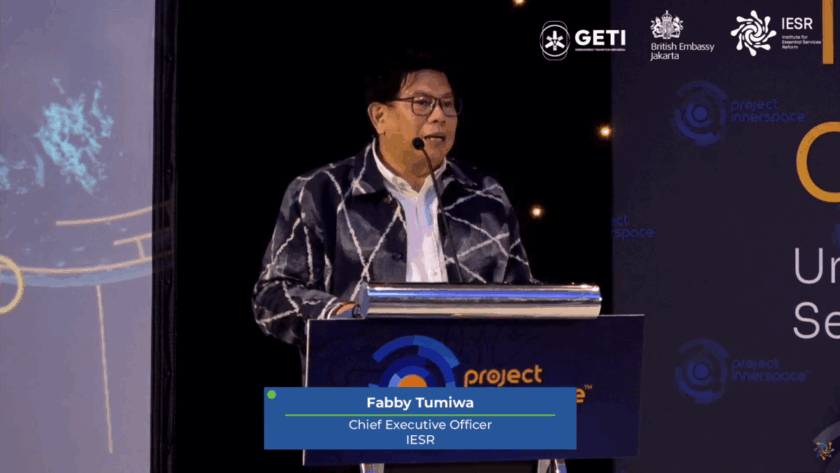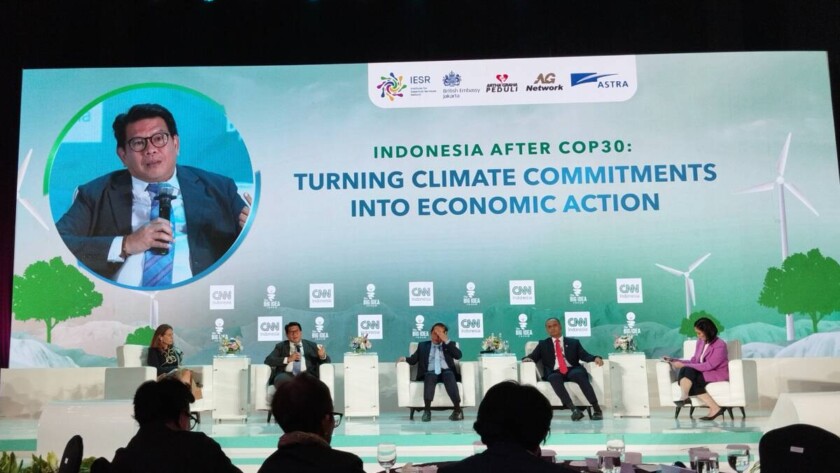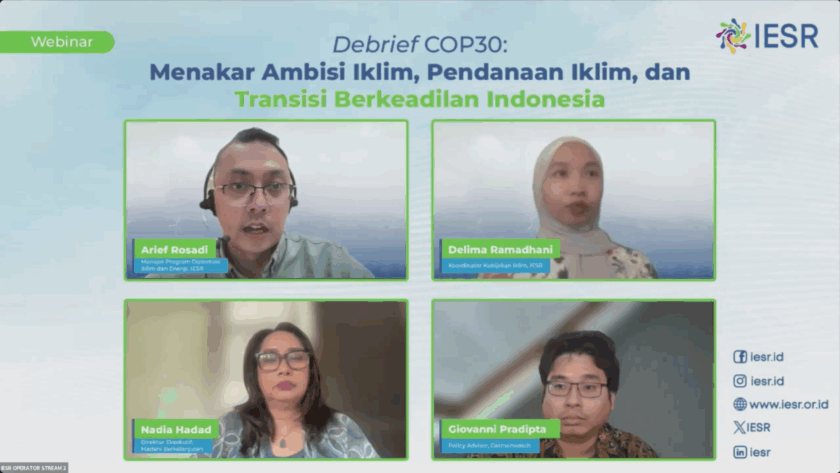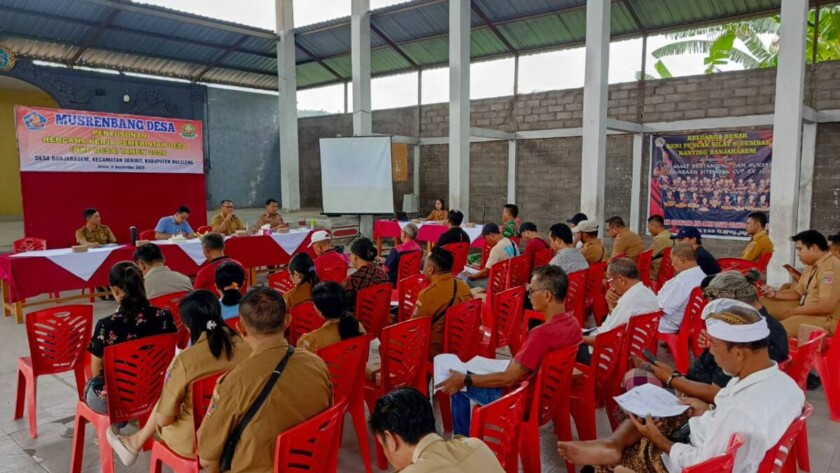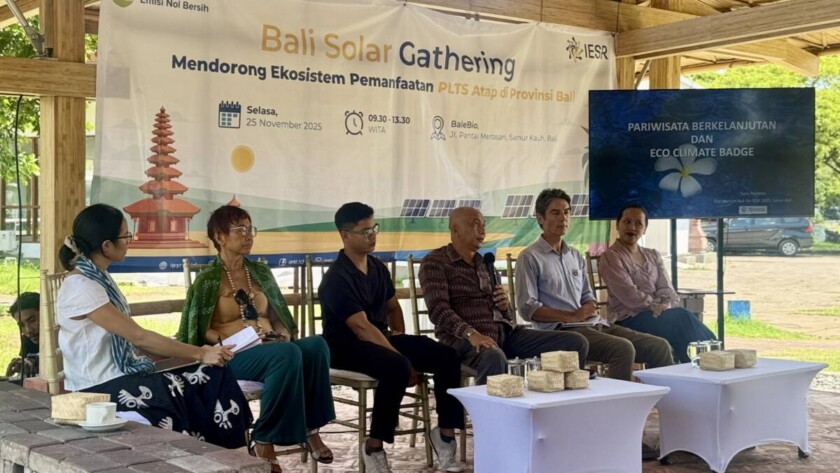Background
Indonesia is currently drafting an Industrial Decarbonization 2050 Roadmap as a strategic instrument to support its economic growth target of 8%, in line with its commitment to achieve net-zero emissions by 2060 or earlier. The Institute for Essential Services Reform (IESR), assisting Ministry of Industry in drafting the roadmap, views industrial decarbonization not only as a…

